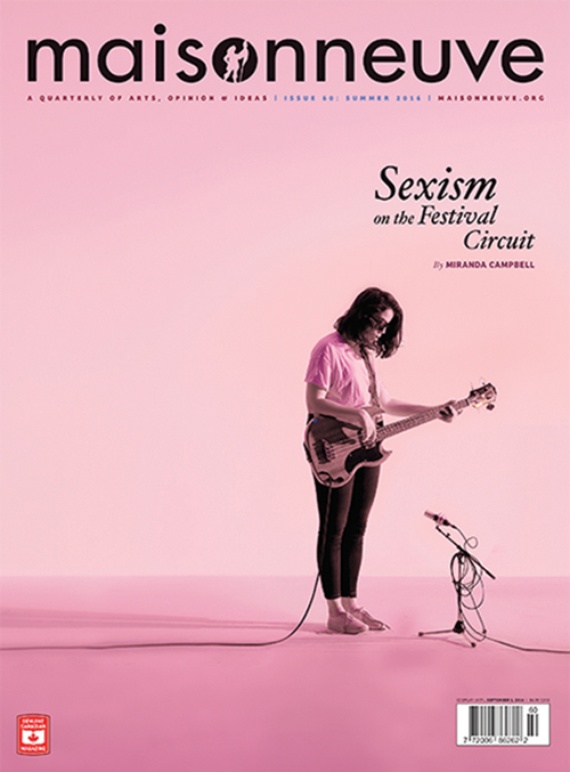How to Write a Magazine Pitch

Editor's note: A few years ago, former Maisonneuve Editor-in-Chief Drew Nelles (who now works as a producer on the show Crimetown, which you should check out!) wrote a blog post called "How to write a magazine pitch." I have sent links to this post more times than I can count over the intervening years and, last week, after I participated in two different writer-focused events, I was struck with a momentary (but deep!) panic that Drew might, someday, overhaul his website and delete the post. He's graciously allowed us to republish the post here, both to assuage my panic and also, more importantly, to offer some really helpful advice for writing a magazine pitch.
Although writing a magazine pitch seems pretty basic, I still get a lot that fall far short of what you’d expect from a simple query letter. These are guidelines, of course, not hard-and-fast rules, and a lot of great writers can churn out pitches that don’t check all of these boxes—but the thing is that they’re great writers. Anyway, curious freelancers, here you go:
What makes a good magazine pitch?
1. A Solid, novel angle. Why is this story unique? Has it been written before? What’s the takeaway for the reader?
2. Thorough research. Can the editor tell that you’ve done your groundwork, or are you just saying what you “hope to” discover? Do the sources, subjects, and data to back up your story even exist, or are you just assuming that they do?
3. Sense of writing style and quality. Is your pitch elegant and well-written (without being flowery or showy)? Does it give the editor a chance to figure out whether you’re even capable of writing the piece?
4. The elements of a good story. Does your pitch introduce the editor to the necessary elements of the piece? Does your story have a narrative? Characters? Colour? Conflict?
5. Confident but polite. Why are you the person to write this story? Why is this outlet the best place to tell this story? What are your qualifications and experience? Is your pitch confident without being presumptuous?
Suggested structure:
- Greet editor and introduce yourself
- Anecdotal lede that doubles as possible first graf of story
- Expository graf: context, numbers, etc.
- Expansion on 2 and 3
- Practical info: your qualifications, when this piece could run, etc.
- “Thanks for your time. Please let me know what you think.”
Fundamentally: you need a story, not a subject.





